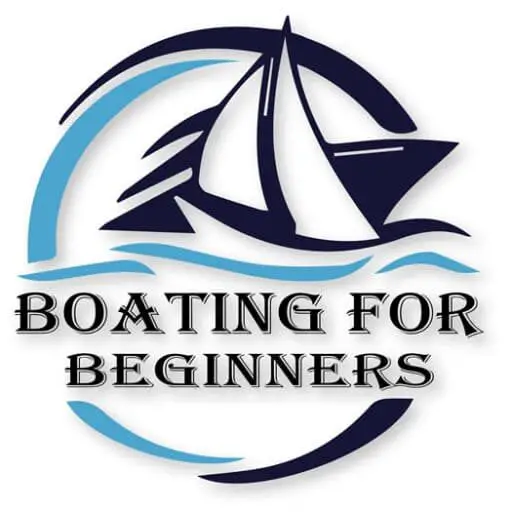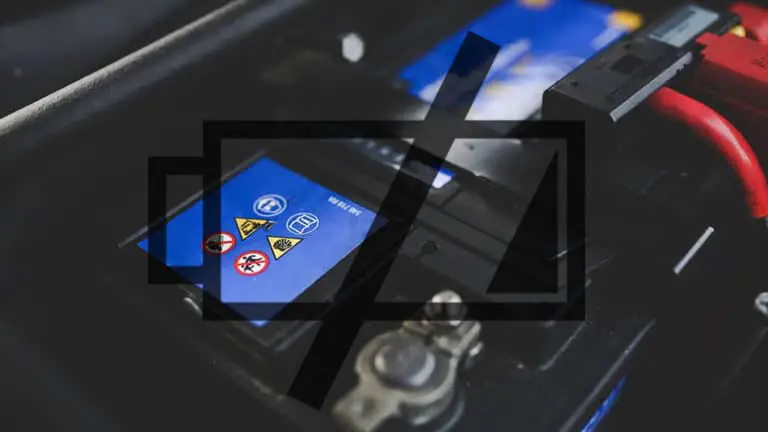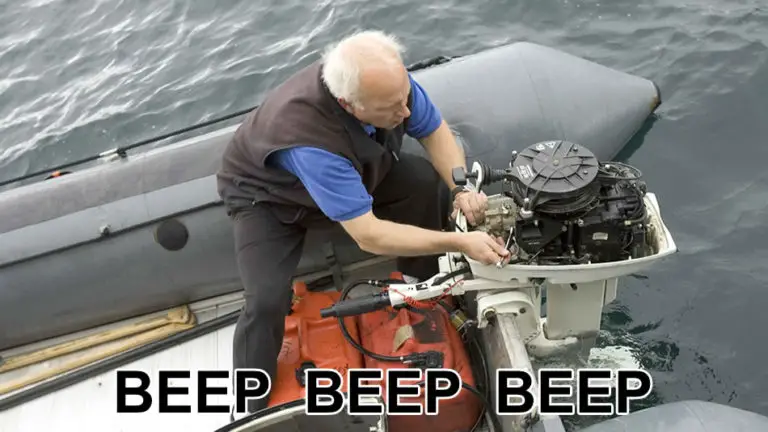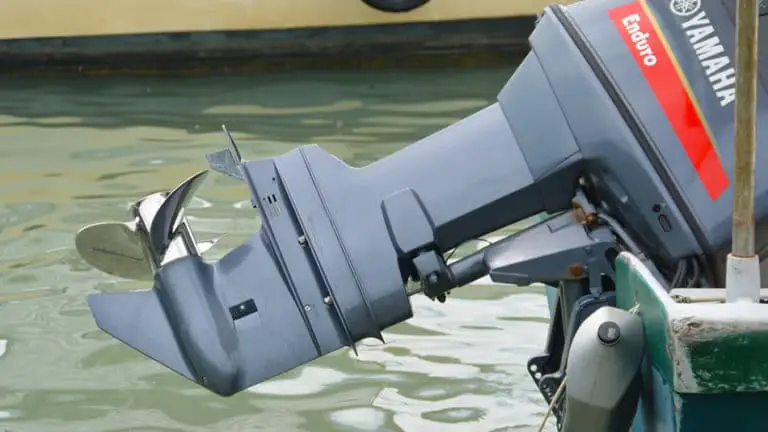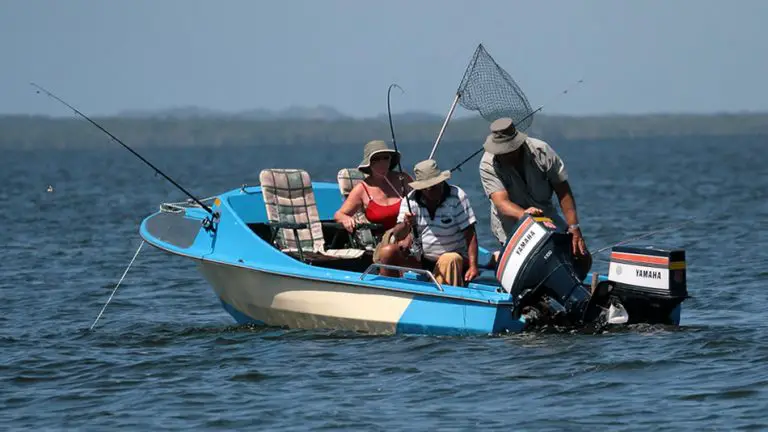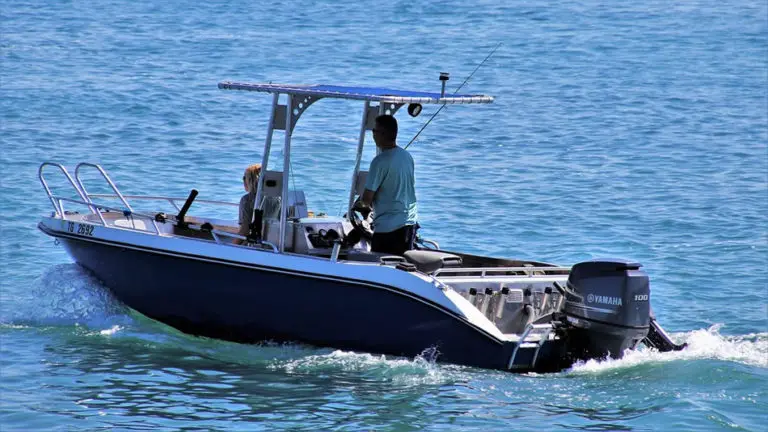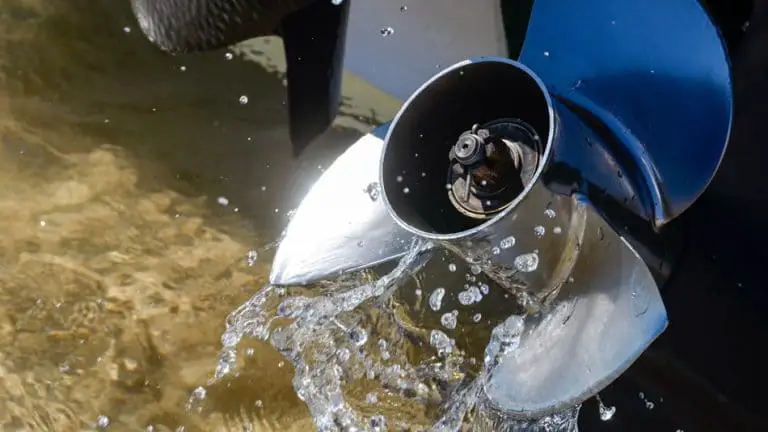12 Common Boat Problems To Watch Out For & How To Fix Them
Boating is a thrill-filled activity, and it does not matter whether you do it for sport or as a pastime; any average boating experience is an awe-inspiring experience. But with all the thrill, also come problems.
No matter how well-maintained your boat is, there are so many things that could go wrong with it. And the worst part is, these problems normally present themselves in the most inconvenient situations.
Therefore, before venturing into the waters, it is important that you acquaint yourself with a few skills on how to deal with these challenges when they occur. And since boating problems can range from as mild as the boat failing to start to as severe as total engine failure, it is important to know what solution to apply in what situation.
In this post, I’ll discuss some of the more common boat problems with a possible solution to each, so you’ll be better prepared if these ever happen to you.
Categories Of Boat Problems
Essentially, boating problems could be divided into five major categories; Electrical and cable problems, Engine-related problems, Alarm-related problems, Maneuvering problems, and Battery-related problems.
Electrical and Cable Problems
1 – Boat Not Starting – This problem presents itself when you turn the ignition key, but the boat does not start.
Solution: To address it, you can check if the starter switch is loose. To do that, you will first need to check the kill switch and shift it into neutral. If the starter switch is loose, you will need to tighten up the retaining screws so that it’s fastened back into place. However, in some cases, the switch could groan without starting, a clear indication of low battery or poor connection. These can be addressed depending on what the real problem is.
As a measure of precaution, always ensure regular cleaning and maintenance of the components of your ignition. If anything needs replacing, do so before it causes more complications to the system.
2 – Inability To Shift – Another major boat problem is the inability to shift out of neutral even after having gotten the boat to start. This means the shifter may not be engaging the transmission.
Solution: You will need to examine the gearbox to establish whether the transmission housing-cables is detached and if so, reconnect it. And in case the cable becomes stuck as a result of rust or dirt accumulation, you can jiggle it free manually. But if a stuck cable does not cause your inability to shift, the problem could be a failure in the transmission unit. For this, you would need to have it examined by a professional.
3 – Inability to Steer – The inability to be able to steer your boat is yet another boating nightmare that you could face.
Solution: To fix the problem, you will need to check for low or leaky hydraulic fluid. While leaks can be fixed by simply tightening the fittings, your inability to steer could also be a serious mechanical failure. Check if there are any loose connections in the cable system near your steering arm and reconnect them if possible.
If you do end up losing the ability to steer your boat, you could try placing a paddle in the water to help redirect the boat as you slowly move forward.
But as a general rule, you should maintain a regular servicing of the system to help avoid this situation from happening.
4 – Broken Belt – It is not unusual to face a broken boat drive belt but depending on where the problem occurs, and it could leave you stranded. Normally, you would detect a broken drive-belt when the alternator stops charging as is indicated by the voltage meter, or when you notice the overhead light suddenly come on.
Solution: There is no quick fix for this problem other than replacing the drive belt entirely. Therefore, as a measure of precaution, always be sure to carry a spare belt as well as the tools required to change it.
Engine-related Problems
1 – Engine Going Dead – One of the worst forms of boat engine failure is the engine suddenly going dead.
Solution: To try fixing the problem, you can establish whether the kill switch was triggered and confirm that the ignition switch and its connectors are firmly in place. If those look good and don’t seem to be causing the problem, you could try radioing the Coast Gaurd if you need a tow. Even if you do not need a tow, you should contact the Coast Gaurd, so they know where you are, and to warn of you any possible dangers coming your way.
Another thing you could try doing is signaling other boaters to see if they can help you or give you a tow to land. But if all else fails, you’ll need to use your oars and paddle yourself back.
2 – Sputtering & Losing Power – The most common reason for this problem is from fouled or corroded spark plugs. However, the problem could also be caused by low fuel, water in the fuel tank, or a problem with the fuel filter.
Solution: Fill your gas tank to full when you are not using it. This will prevent condensation in the tank. If your boat will be sitting around for a few months, add a fuel stabilizer to the tank. Clean and change your spark plugs and fuel filter regularly.
3 – Engine Overheating – The most common cause for an engine to overheat is blocked water intake. Another reason an engine would overheat is because of a worn or damaged water pump impeller.
Solution: First, stop the engine and let it cool down. You can then go on to fix the problem by examining the water inlet holes for any blockages or clogs. Sometimes seaweed or other types of debris could be blocking the hole, slowing down the water flow. If there are, flush them out.
Another area to look at is the pee-hole where the water comes out of the engine. Often this little hole could become clogged. There should be a solid stream of water flowing out of this hole.
Should the problem persist, it could be an indication of an imminent engine failure, so a better course of action here is to seek professional boat repair services.
Maneuverability Problems
1 – A Stuck Trim – This is a problem that makes it difficult to raise your boat in the water and help control the balance of the boat.
Solution: One of the main causes of a stuck trim is a bum fuse. However, stuck trims can also be caused by a failure of the hydraulic system. You can fix the problem by manually locating the trim. The trim is usually built close to the overdrive base. Once you have located it, release the valve. You then open the screw holding it together to release the pressure of the loop before tilting your drive manually.
2 – Vibrations As You Accelerate – Vibrations can be very dangerous especially when you are driving in turbulent waters. And the problem with vibrations is that most of them occur as you accelerate, thereby posing even graver risks. A faulty prop usually causes vibrations. When prop blades are damaged, you will face steering and streamlining issues as you accelerate.
Solution: It is important to examine the prop and ensure there are no distortions to the blades such as dings, cracks, or any other signs of damage. Regular maintenance and checks will go a long way in ensuring the props do not develop any serious faults that could cause problems down the way.
Battery-related Problems
1 – Poor Battery Installations – This is by far one of the most common battery-related boat problems. Poor installation of the batteries could cause a serious disaster.
Solution: Before hooking up a battery, ensure that you are connecting the positive (red) cable to the positive (red) colored port on the battery first, followed by the neutral (black) cable to the black connection of the battery.
Or always have professionals do the battery installation for you. The reason for this is because boat batteries have undergone massive technological transformations. It is important to remember that unlike before, modern boat batteries come in the sealed variety – a fact that calls for more diligence when installing them. Also, modern batteries are manufactured in higher densities than their lead-acid counterparts, something that further complicates the installation process.
2 – Poor Inverter Installations – Inverters enable you to convert Direct Current to Alternating Current. Through them, you can complete various functions on your boat like running appliances such as blenders and microwaves as well as recharging other devices such as your cellphone and power bank. However, when they are poorly installed, they may not be able to perform their main function which is converting DC into AC current.
Solution: First, it is important to understand the various cables and what they stand for. For instance, the positive conductors for Direct Current (DC) are usually insulated in red. Once you have established the different cables and what they mean, it is important to understand the type of insulation recommended by the manufacturer, as well as things such as the wire gauge, the maximum voltage required, and the insulation temperature rating. These are things that most people wouldn’t understand unless they are a certified electrician. As such, always seek professional help for any inverter installations on your boat.
Alarm-related Problems
Alarms Going Off – This problem is mainly caused by overheating of the engine or when the oil pressure drops.
Solution: In the case of overheating of the engine, you can follow the prompt suggested in number 3 above under the engine-related problems. However, for lower oil pressure, the problem might be easily fixed by checking the reservoir and filling it up. If that doesn’t help, there could be a few other reasons for the alarm such as a bad or faulty sensor, metal fragments in the oil causing a blockage, bad head gasket, or a faulty oil pump.
I wrote an article titled: Why your boat is beeping, that you might find helpful to determine what alarm you are hearing.
Conclusion
The above-discussed are some of the most common boat problems out there. While some of these problems can be easily fixed, there are those that call for more professional intervention.
Therefore, it is important to always have the contacts of your boat repairman on hand in the event you need their assistance. Above all, ensure your boat is serviced regularly to forestall any possible breakdowns.
Recommended
Why Your Boat Battery Keeps Dying and What You Can Do
